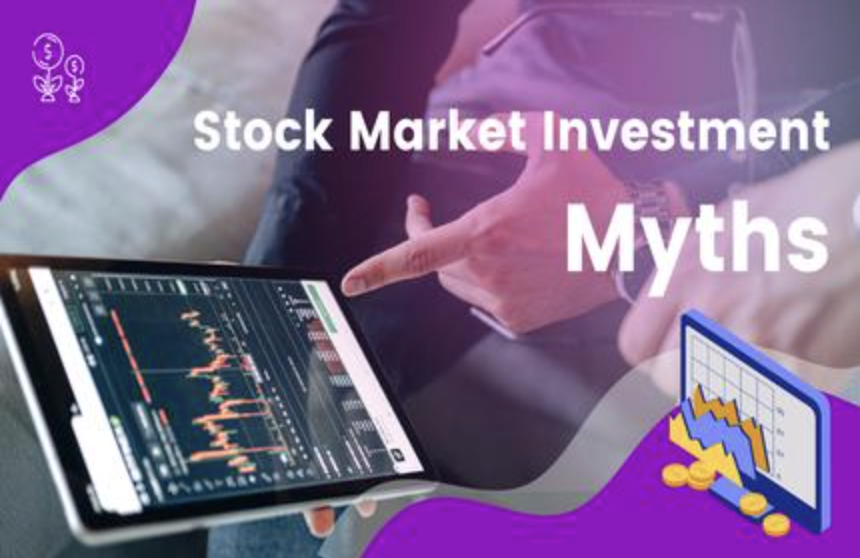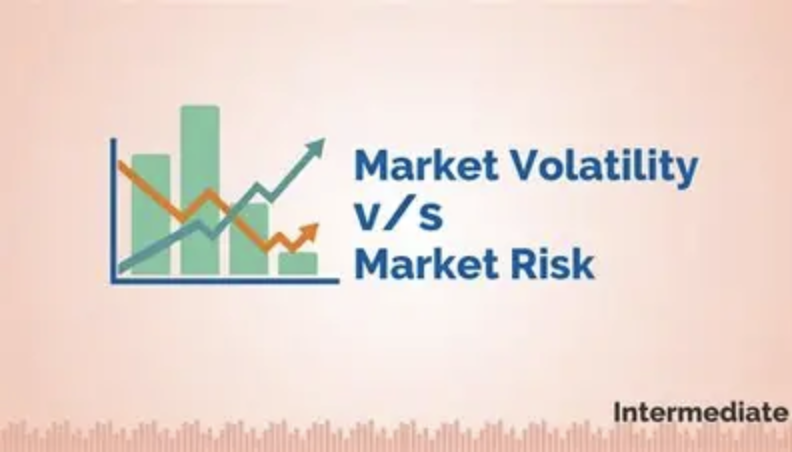For affluent investors, the stock exchange serves as both a means to accumulate wealth and a hazardous landscape filled with deceptive narratives. Successfully navigating it entails looking past the excitement to distinguish fact from fiction. The most significant dangers are not merely market declines; they are the preventable pitfalls that arise from overconfidence, following the crowd, and misconceptions about the functioning of markets. Here’s how to avoid them.

Disregard the Illusion That “Past Performance Ensures Future Outcomes”
Individuals with high incomes often pursue stocks that have recently shown impressive 12-month returns, believing that this momentum will persist. However, historical trends indicate that leading sectors seldom maintain their superiority for long. Rather than concentrating on historical profits, evaluate a company's competitive advantages, quality of cash flow, and alignment with enduring trends. A stock that excelled last year might be overpriced now—prioritize intrinsic worth instead of past performance.
Engaging in active trading—buying and selling based on daily headlines—entices individuals who associate activity with control. However, frequent transactions incur fees, lead to capital gains taxes, and seldom outperform more passive approaches. Wealthy investors have the luxury of patience: construct a focused portfolio comprising 15 to 20 high-quality stocks and hold onto them for 5 to 10 years. Allow compounding to function rather than squandering effort on trying to time the market.
Avoid the Hype Surrounding “Story Stocks”
Startups that offer captivating stories but lack profits often lure affluent investors enchanted by innovation. These “story stocks” depend on anticipated growth rather than present fundamentals. Before committing funds, consider: Does the company possess a reliable revenue model? Can it soon achieve positive EBITDA? Hype may dissipate, but profits endure—do not place large bets on stories deprived of financial backing.

Stay Clear of Conformity Among Wealthy Peers
It is simple to follow other affluent investors into "exclusive" stock selections or private investments. Yet, following the herd can lead to market bubbles. Just because a hedge fund manager or a prominent figure invests in a specific stock does not mean it is a wise choice. Perform your own research or engage an independent advisor who avoids trends. Your investment portfolio should reflect your risk tolerance rather than the fads of the masses.
Be Aware of Concealed Expenses in “Low-Cost” Funds
Numerous investors concentrate on expense ratios while overlooking transaction fees, tax inefficiencies, and tracking inaccuracies in index funds. Some “low-cost” funds engage in high trading volumes, diminishing returns. For affluent portfolios, consider tax-efficient funds or direct ownership of stocks to reduce undisclosed expenses. A mere 0.5% variance in yearly costs can lead to losses amounting to hundreds of thousands over the years—examine the details carefully.
Differentiate Between “Volatility” and “Risk”
Wealthy investors frequently panic and sell during market fluctuations, confusing short-term volatility with irreversible loss. The actual risk lies in the potential loss of purchasing power over time, not in daily price changes. Rather than selling during downturns, rebalance your assets: dispose of those that are performing too well and invest in those that are undervalued. Volatility presents opportunities—welcome it instead of dreading it.

By dispelling these misconceptions, affluent investors can establish robust portfolios. The stock market rewards consistent discipline rather than chance or sensationalism. Concentrate on the fundamentals, dismiss the distractions, and allow a long-term approach to shape your choices—this is the path to transforming market engagement into lasting wealth.







